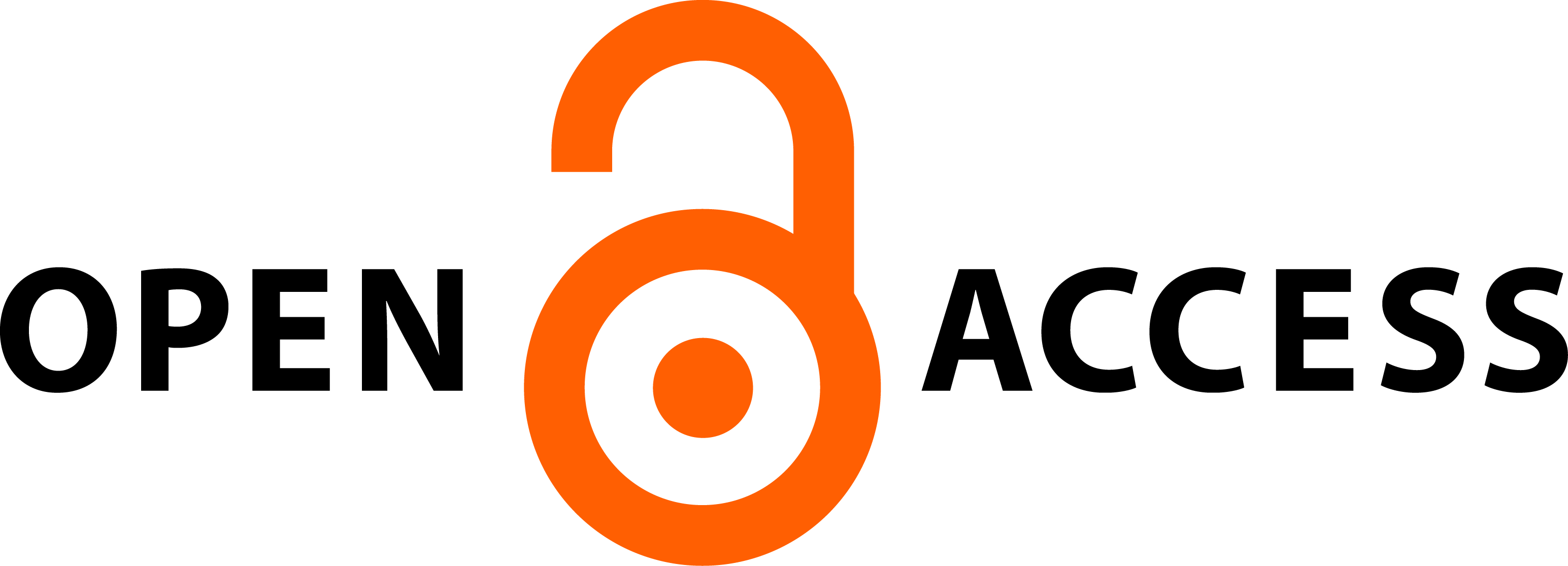AZ ALKALMAZOTT NYELVÉSZETI KUTATÁSOK MÚLTJA, JELENE ÉS JÖVŐJE A KÁRPÁT-MEDENCÉBEN
Absztrakt
A kutatók általában, így a nyelvészek is két nagy csoportra oszthatók: vagy egy szűk területet próbálnak a lehető legnagyobb mélységben felderíteni a saját tudományuk határain belül maradva – ők a leíró nyelvészek, vagy olyan kérdések iránt érdeklődnek, amelyeket csak több tudomány bevonásával lehet megválaszolni – ők az alkalmazott nyelvészek. A Kárpát-medence etnikai és nyelvi sokfélesége kiváló terepet kínál ezeknek a kutatásoknak, és a választott témát több oldalról megközelítő hasznos nyelvészetnek a XIX. század óta folyamatosan igen fontos szerepe volt, van ma is, és lesz a jövőben is. A jelen tanulmány bemutatja az alkalmazott nyelvészeti gondolkodás történeti ívét, főbb területeit, amelyek jóval megelőzték nemcsak az alkalmazott nyelvtudomány, hanem az önálló nyelvtudomány létrejöttét is, majd kitér a XX. századi intézményesülés jellemzőire és azokra a változásokra is, amelyek az elmúlt évtizedek tapasztalatai alapján ablakot nyithatnak a tudományterület jövője felé is.
Hivatkozások
Bárczi Géza. 1955. Bevezetés a nyelvtudományba. Budapest: Tankönyvkiadó.
Benő Attila–Péntek János szerk. 2011. Termini Magyar Nyelvi Kutatóhálózat. A TerminiMagyar Nyelvi Kutatóhálózat tíz éve. Dunaszerdahely–Kolozsvár: Gramma Nyelvi Iroda–Szabó T. Attila Nyelvi Intézet.
Chapelle, Carol A. ed. 2013. The Encyclopedia of Applied Linguistics. Blackwell Publishing.
Corder, S. Pit. 1973. Introducing Applied Linguistics. London: Penguin Books.
Courtenay, Badouin de. 1983. A nyelvtudomány feladatairól. In Dezső László–Maszlov, J. Sz. szerk. Orosz és szovjet általános nyelvészet. 15–32. Budapest: Tankönyvkiadó.
Csernicskó István. 1997. A kárpátaljai magyarok kétnyelvűsége. Szivárvány (52): 117–124.
Herman József. 1969. Beszámoló a magyarországi alkalmazott nyelvtudomány helyzetéről. Nyelvtudományi Közlemények (71): 243–259.
Kontra Miklós. 2003. Élőnyelvi kutatások határainkon belül és kívül. Magyar Tudomány 4. http://www.matud.iif.hu/03apr/kontra.html
Lanstyák István. 2002. Magyar nyelvészeti kutatások Szlovákiában és a Gramma Nyelvi Iroda. In Tanulmányok a kétnyelvűségről, szerk. Lanstyák István–Simon Szabolcs. 201–219. Pozsony: Kalligram.
Márton József. 1802. A magyar lexiconnak szükséges voltát tárgyazó elmélkedések. Bécs.
Matics Imre. 1847. Alkalmazott magyar nyelvtan. Pozsony.
Papp Ferenc. 1989. Alkalmazott nyelvtudomány: Akadémiai székfoglaló 1986. május 19. Budapest: Akadémiai Kiadó.
Riedl Szende. 1859. A magyar nyelvrendszer alapvonalai: Magyar hangtan. Prága–Lipcse.
Szépe György. 1995. Modern Nyelvoktatás 1995. Modern Nyelvoktatás (1): 3–6.
Szépe György. 2005. Brassai Sámuel (többek között) mint alkalmazott nyelvész. In A nyelvész Brassai élő öröksége, szerk. Péntek János. 69–75. Kolozsvár: Erdélyi Múzeum-Egyesület.
Szépe György–B. Szőllősy Éva. 1966. Az alkalmazott nyelvészet problémája. Modern Nyelvoktatás 7 (1–2): 157–159.








